
The shots fired at a Little Haiti boxing event on May 16, 2025, shattered everything. Antonio Brown allegedly grabbed a security guard’s handgun and fired twice at point-blank range. One bullet grazed his victim’s neck. By 3 a.m., ShotSpotter detected the gunfire. By dawn, a Super Bowl champion faced attempted murder charges.
Within hours of release, Brown boarded a plane to Dubai—beginning a six-month escape that ended with U.S. Marshals hunting him across continents.
The Brawl That Changed Everything

It started like any other night at Adin Ross’s boxing event in Miami’s Little Haiti neighborhood. An argument erupted. Fists flew. What should have ended as a street fight escalated when Brown allegedly grabbed a handgun from a security staffer and fired twice.
Zul-Qarnain Kwame Nantambu felt a bullet rip past his neck. Police arrived within minutes after ShotSpotter triangulated the shots. Brown was briefly detained, then released—a decision that would haunt prosecutors for months.
The Social Media Post

Brown didn’t disappear immediately. The very next morning, May 17, he posted on social media claiming self-defense. He said he’d been attacked by multiple men trying to steal his jewelry. He was defending himself.
When Nantambu gave his formal statement to the police on May 21, authorities had their shooter. Cellphone video showed Brown holding a firearm and advancing on Nantambu with two shots audible. A warrant was issued on June 11.
Brown Vanishes to Dubai

By June, Brown was posting Instagram stories from Dubai, United Arab Emirates—a country with no formal extradition treaty with the United States. He seemed untouchable. For six months, while Miami prosecutors built their case, Brown posted videos and photos from the Middle East, apparently taunting the system.
Geography was his shield, he believed. The U.S. and UAE had no treaty. What Brown didn’t know: authorities had signed a mutual legal assistance agreement in 2022.
U.S. Marshals Track Him Down

In early November, U.S. Marshals located Brown in Dubai. The international manhunt was over. Brown was arrested and then transported first to Essex County Jail in Newark, New Jersey. On November 6, Brown waived extradition, abandoning any legal fight to stay in the UAE.
He knew the case was over. He was flown back to Miami on November 11 and held in custody awaiting his bond hearing. The man who’d thought he’d escaped had nowhere left to run.
His Attorney Claims Self-Defense in Court

Defense attorney Mark Eiglarsh moved fast. Before the bond hearing began, he entered a not guilty plea on behalf of Brown. Then Eiglarsh dropped his defense strategy: self-defense. Nantambu attacked Brown first, Eiglarsh claimed. Brown, who holds a concealed weapons permit, retrieved his own firearm and defended himself.
Florida’s “stand your ground” law allows deadly force when someone fears death or serious bodily harm. Eiglarsh presented a video allegedly showing Nantambu admitting the neck injury came from the earlier fight, not a gunshot.
Judge Glazer Orders House Arrest

November 12 arrived. Circuit Judge Mindy Glazer sat in a video conference, Brown appearing on screen in a red jail shirt. Despite prosecutors’ warning that Brown was a massive flight risk—he’d already fled once, had money, and international connections—Glazer approved $25,000 bail.
Freedom came with shackles. She ordered Brown to wear a GPS ankle monitor at all times. House arrest. No leaving. No exceptions. Brown said, “Yes, ma’am,” his voice small in the jail room.
500 Feet from the Victim
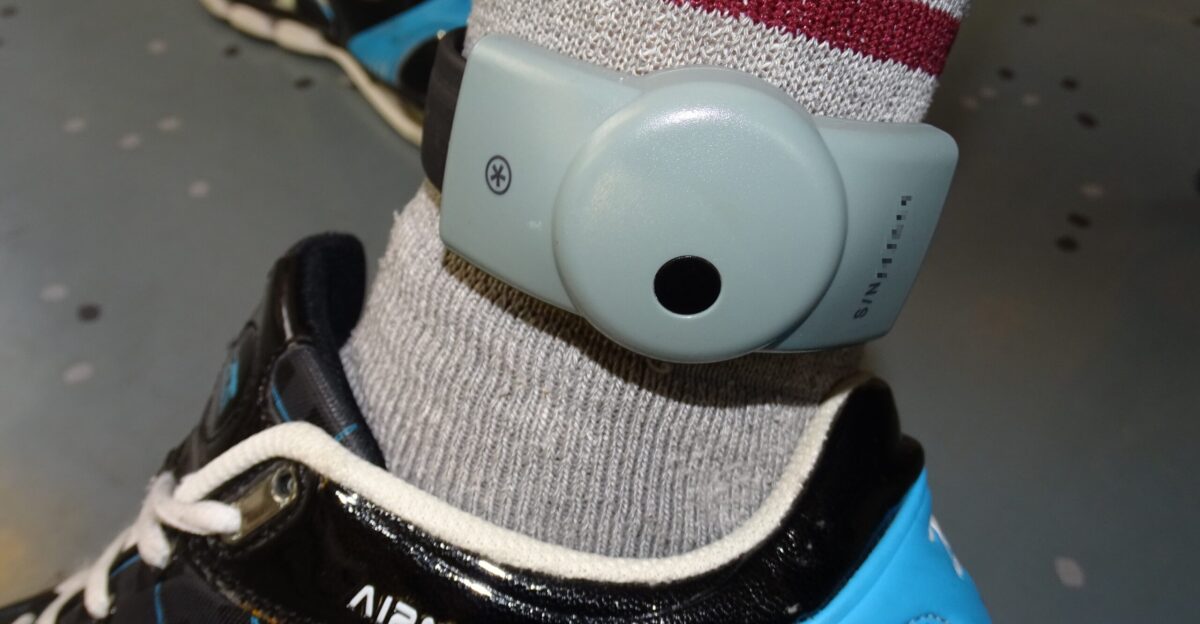
Glazer’s restrictions locked Brown down further. He must stay 500 feet from Nantambu at all times—no contact, no exceptions. He cannot return to the Little Haiti boxing venue. He cannot leave his house except for court and attorney meetings. Violate them, and he goes back to jail awaiting trial.
A man who once roamed NFL stadiums in front of 70,000 screaming fans now couldn’t leave his house. His entire world compressed into GPS coordinates and restrictions.
The Prosecution’s Stunning Admission

Then came the moment that changed everything. Judge Glazer asked the prosecutor: Was the victim actually shot? The prosecutor hesitated. He said Nantambu “thought that he was” hit by a bullet. Then: “I don’t believe so.” The prosecutor—the state’s representative—was admitting he didn’t believe a bullet struck the victim.
If there was no bullet wound, how could there be attempted murder? Eiglarsh seized on the admission immediately. The entire case, he argued, rested on a false premise.
Scratch, Not Bullet

Eiglarsh produced a recorded video interview with Nantambu. According to the defense, Nantambu admitted the neck injury was a scratch from the physical fight, occurring before any shots were fired. This contradicted the narrative of the arrest warrant. Eiglarsh argued Brown fired his own weapon, but never at Nantambu.
The two shots went elsewhere. Brown was defending himself, not committing attempted murder. Reasonable doubt had entered the courtroom.
The Victim’s Attorney Fights Back

Wikimedia Commons
But Nantambu’s attorney, Richard L. Cooper, wasn’t backing down. Via Zoom, Cooper appeared emotional and forceful. “By the grace of God he was not killed,” Cooper said, his voice tight with conviction. He told Judge Glazer that Brown acted with deliberate intent to murder.
This wasn’t self-defense; this was assassination at point-blank range. Cooper also alleged Brown fled to Dubai because he knew he’d attempted murder and believed no extradition treaty would bring him back.
When Did Brown Know He Was Hunted?
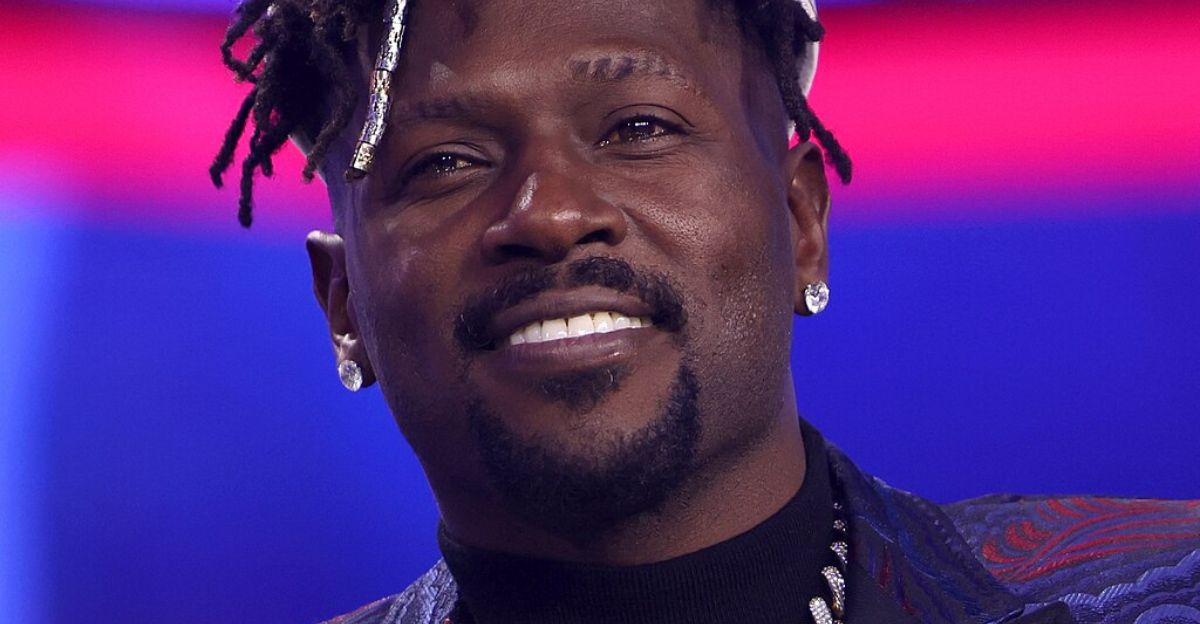
Prosecutors and defense clashed over one critical detail: when did Brown learn authorities suspected him? Prosecutors argued that Brown was aware of the investigation in June and fled deliberately. He was a calculated fugitive. Eiglarsh countered that Brown left before the warrant was issued on June 11.
He didn’t flee justice; he wasn’t there when the formal charges were filed. The distinction matters enormously for flight risk analysis. Judge Glazer had to decide which narrative was true.
928 Receptions, 12,000 Yards, 83 Touchdowns
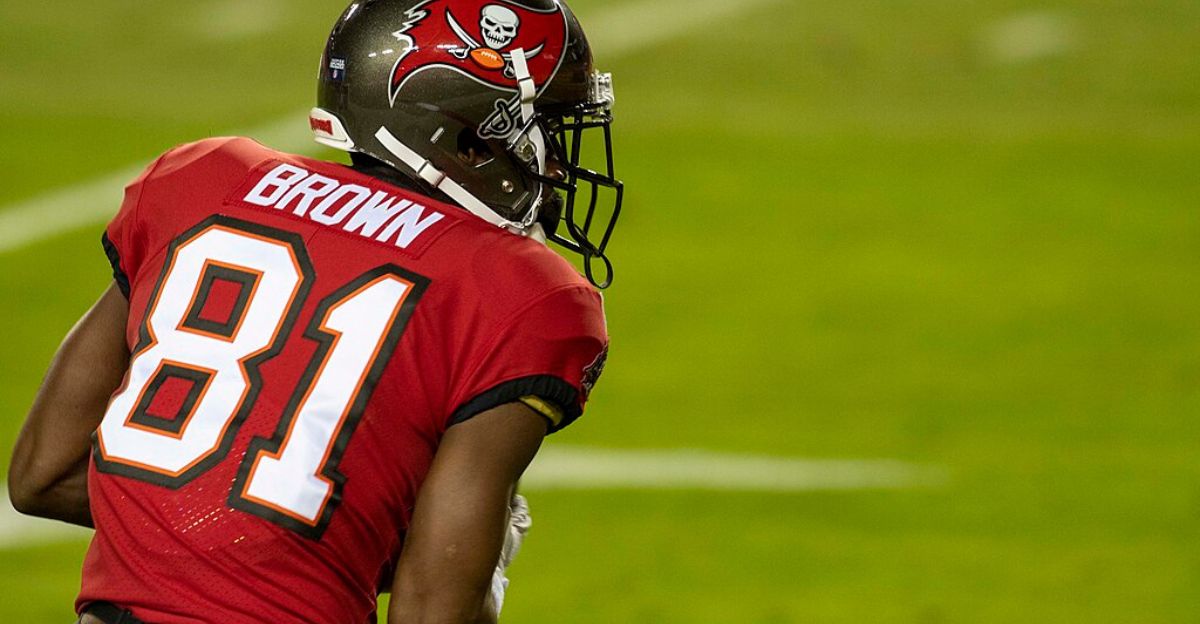
Over 12 NFL seasons, Brown accumulated 928 receptions for more than 12,000 yards and 83 touchdowns. He made seven Pro Bowls and earned four first-team All-Pro selections. He led the league in receiving yards twice and in receptions multiple times.
Only legends like Jerry Rice inhabited this statistical territory. Brown wasn’t just good; he was historically elite. His consistency suggested a Hall of Fame trajectory.
Super Bowl Glory in 2021
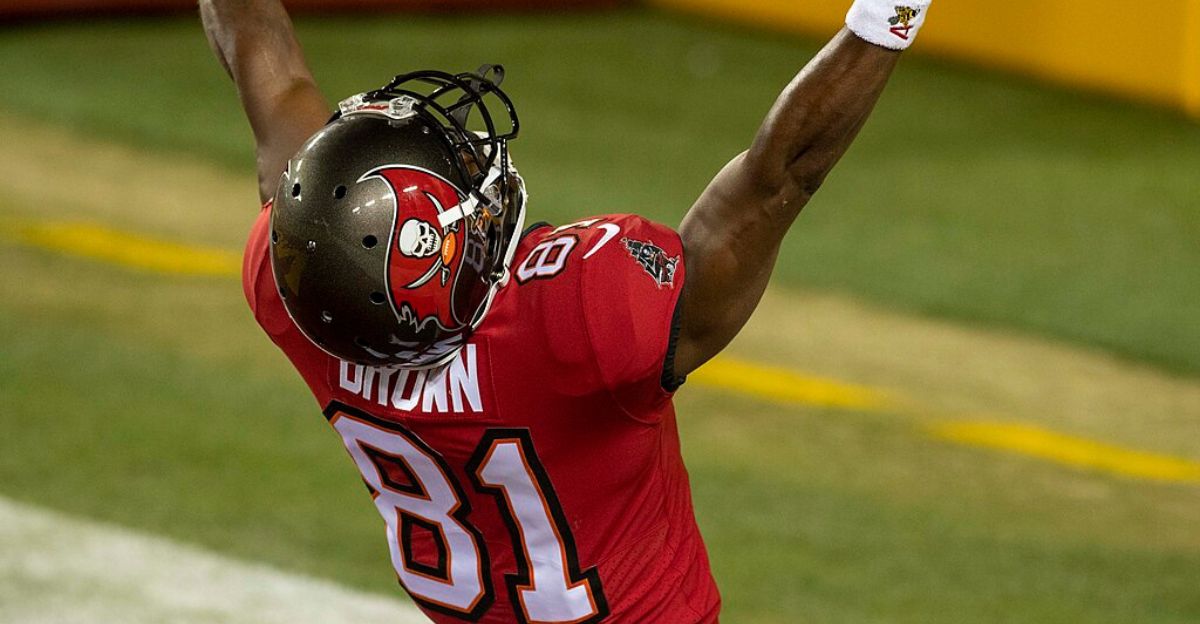
February 7, 2021. Super Bowl LV. Tampa Bay Buccaneers versus Kansas City Chiefs. Brown caught five passes for 22 yards and scored one touchdown in the championship game. It was his first and only Super Bowl ring—validation that he could perform on the biggest stage.
Playing alongside Tom Brady in Brady’s first year with Tampa Bay, Brown helped deliver a championship to Florida. That ring was supposed to be his legacy. Instead, it marked the moment before the spiral.
The Pattern Nobody Wanted to See
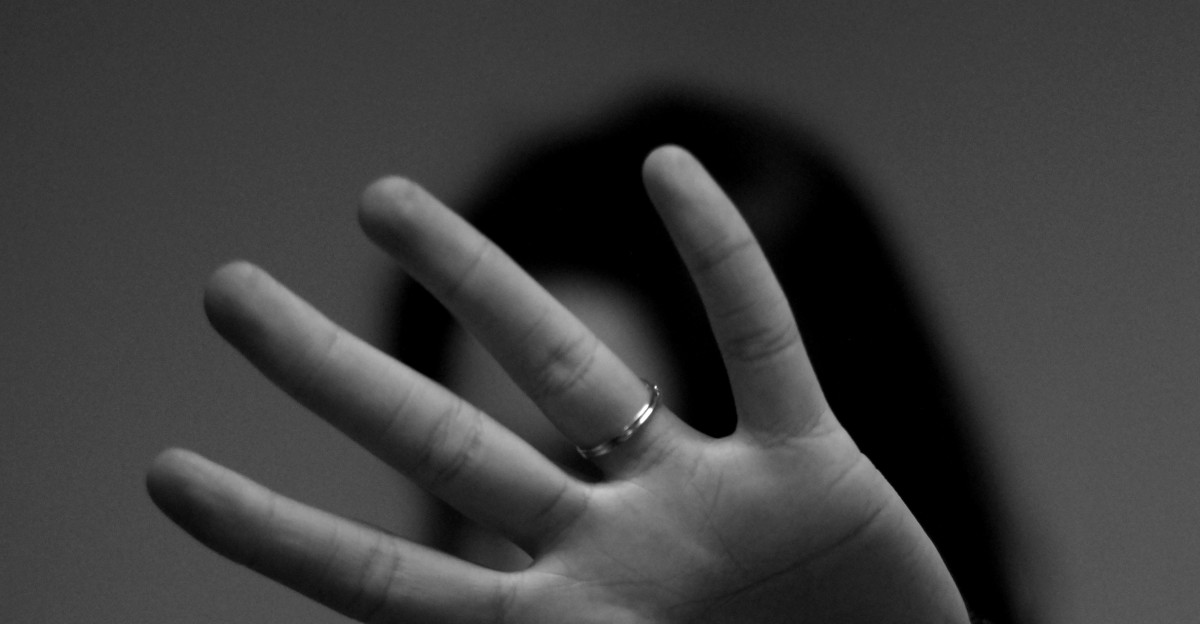
But warning signs existed. In 2019, domestic violence allegations emerged involving the mother of his daughter. The woman refused to press charges. In 2020, a moving truck driver sued Brown after an altercation; Brown agreed to undergo anger management counseling and complete community service.
In 2022, a domestic battery charge was filed but dropped when the alleged victim declined to prosecute. The pattern was escalating: conflicts, altercations, and anger management issues.
From Super Bowl Ring to House Arrest

February 2021: Super Bowl champion, celebrated in Tampa Bay. November 2025: GPS ankle monitor, house arrest, 15-year prison sentence looming if convicted. In those four years, legal troubles compounded, decisions deteriorated, and consequences escalated from misdemeanor issues to a felony that could end his freedom for two decades.
At 37 years old, if sentenced to the maximum 15 years, Brown would be 52 when released—his health deteriorated, his fortune depleted, his post-football life converted to prison.
15 Years in Prison: The Maximum Price
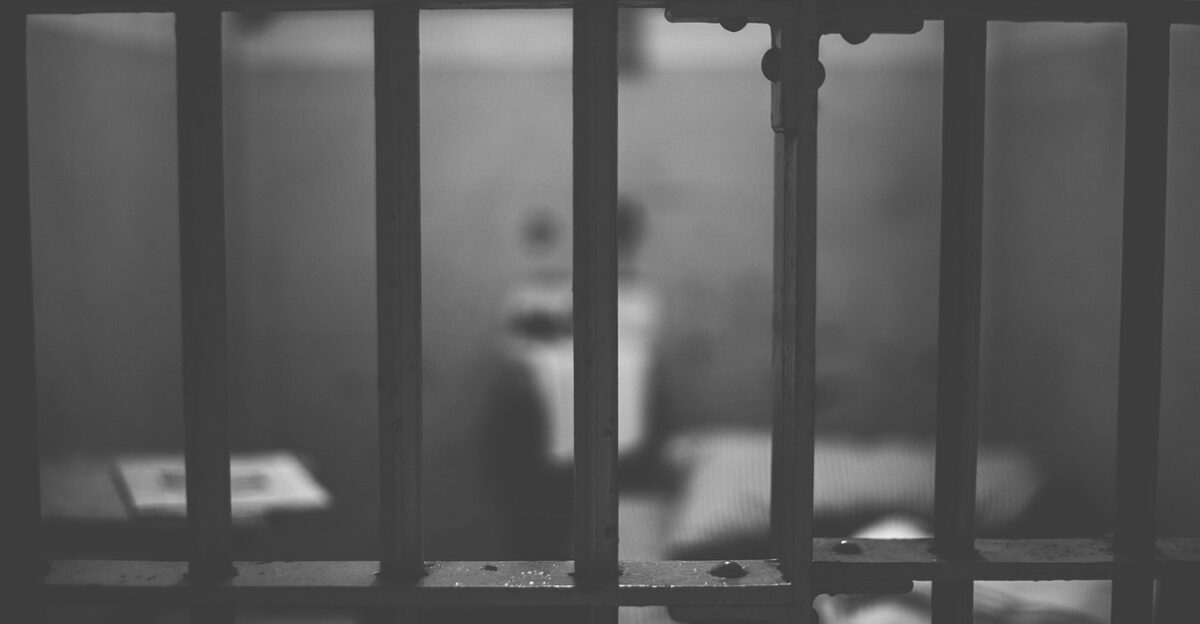
Second-degree attempted murder carries a maximum 15-year sentence plus a $10,000 fine in Florida. Conviction means Brown spends the prime decades of his remaining life behind bars. His $100 million in career earnings would be consumed by attorney fees and court costs.
Former teammates and the entire NFL universe would watch a Hall of Fame-caliber talent serve decades for a shooting at a boxing event. The contrast is incomprehensible.
The International Manhunt

The U.S. Marshals Service didn’t give up when Brown crossed into UAE territory. They employed social media analysis, international coordination, and a mutual assistance treaty signed in 2022. They tracked him. They located him. They arrested him.
The message was clear: fleeing to a country without an extradition treaty no longer guarantees safety. Geography provides no permanent sanctuary in an age of digital trails.
Video Evidence, Forensics, and Reasonable Doubt
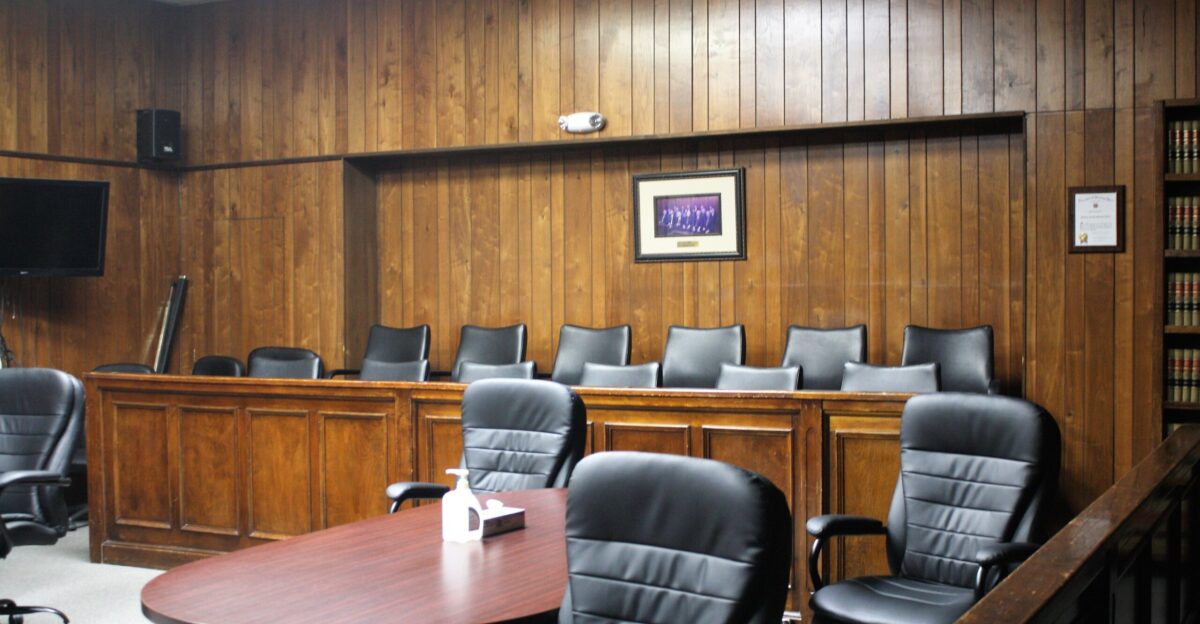
Brown now waits for trial while confined to his house, monitored by GPS, restricted from half the city he once dominated. His defense team will argue self-defense and challenge the prosecution’s own admission that they don’t believe a bullet struck the victim. Prosecutors will present cellphone video of Brown holding a firearm. Forensic evidence will be examined.
A jury will decide: attempted murder or self-defense? The trial will determine everything: Brown’s freedom, his legacy, his remaining years.


